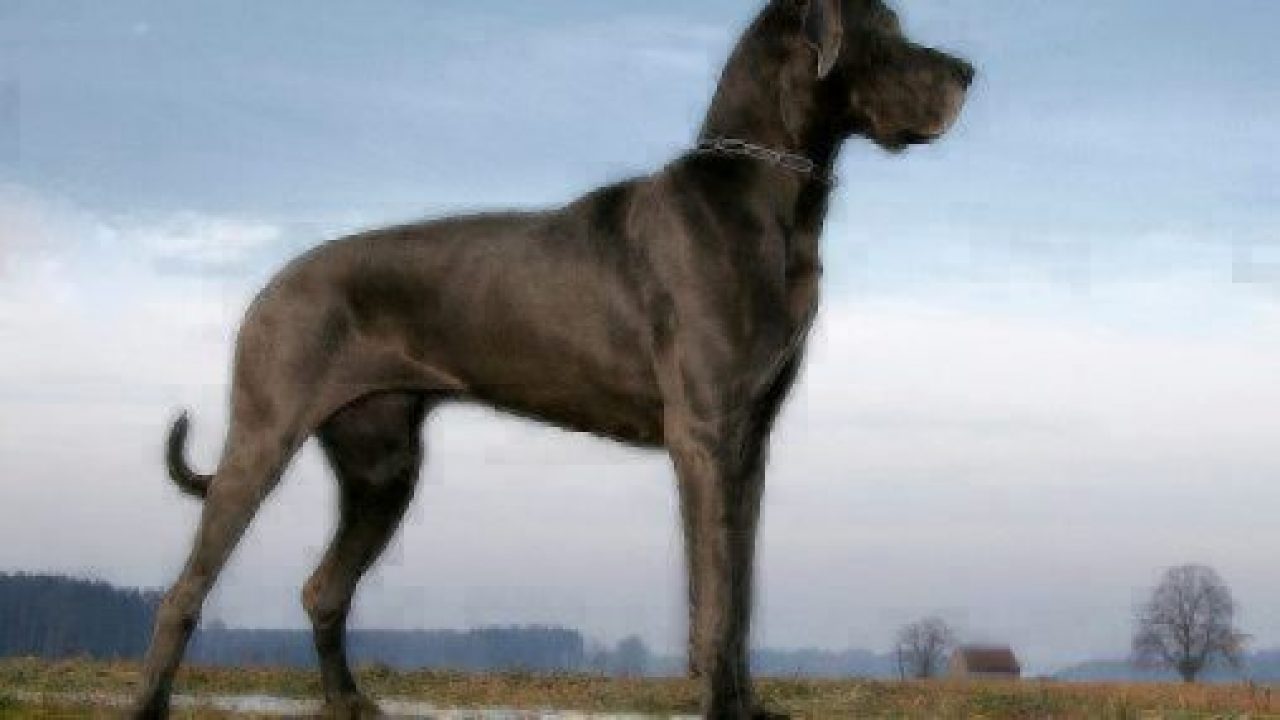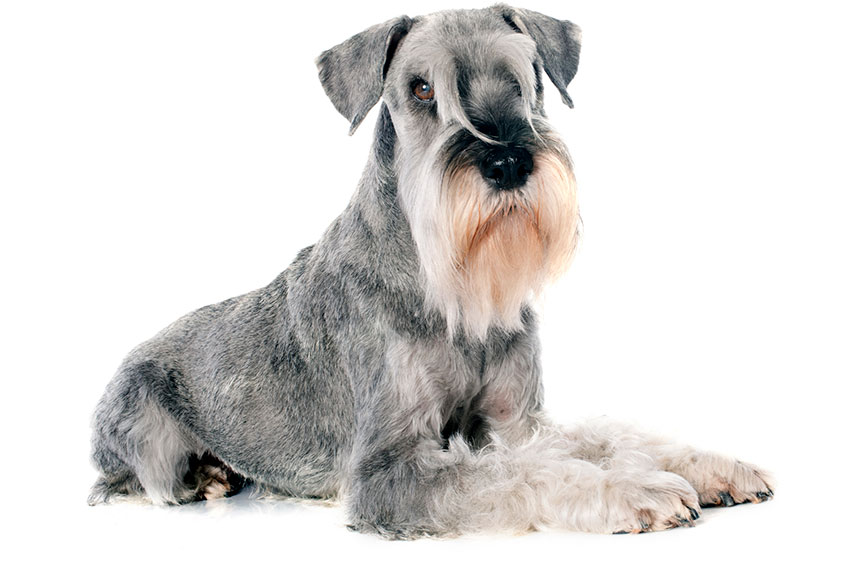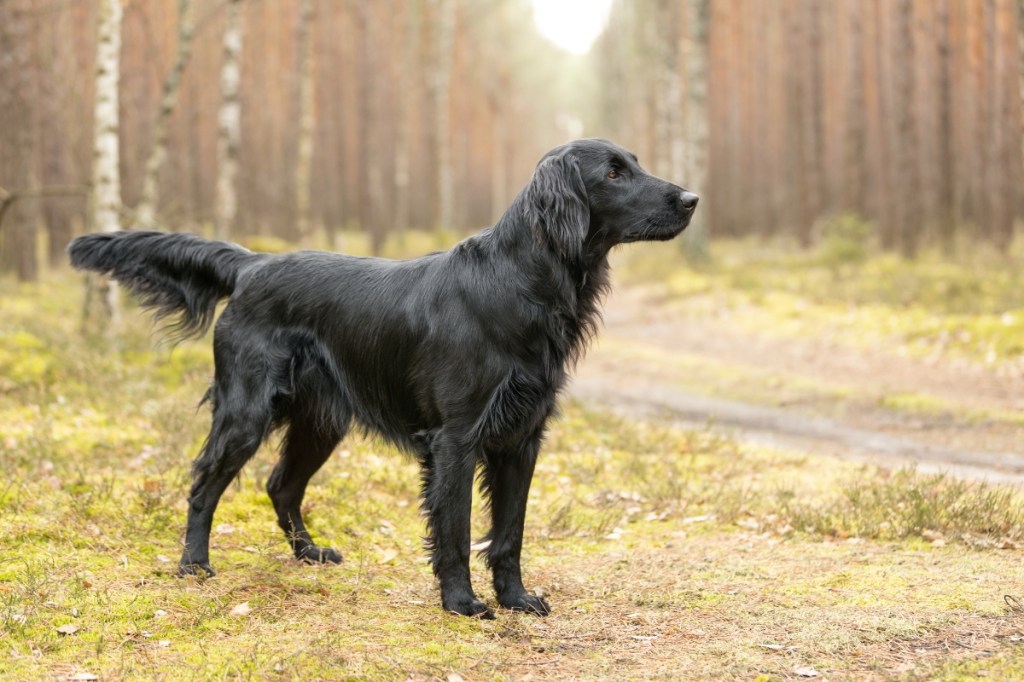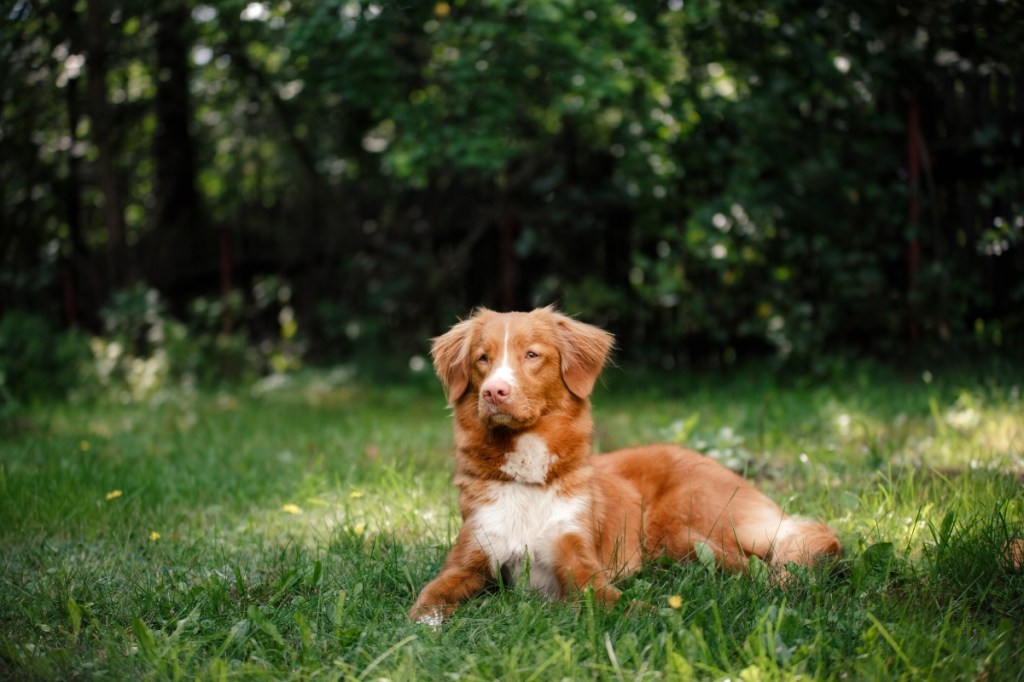Key Takeaways
- Examples of large dog breeds are the Doberman pincher, Irish wolfhound, and Great Dane.
- Large dogs have an average lifespan of just eight years.
- Giant-sized dogs are at a greater risk for joint issues and cardiac problems.
- Canine hip dysplasia is common among large dogs.
- Talk to your vet about senior dog care for your large dog’s health later in life.
Like most purebred dogs, large dog breeds were created with a purpose in mind, usually herding sheep or working alongside their master on a farm or even on the police force. The biggest and heaviest of dogs, large canines include the Great Dane, Irish Wolfhound, Great Pyrenees, Doberman Pincher, and so many more.
While their tails can clean off the coffee table in one fell swoop, their health is no laughing matter. Large dogs have an average lifespan of just 8 years versus the 10.8 years for a medium-sized dog. Giant dog breeds are at a higher risk of developing joint issues and cardiac complications, and tend to age faster than small and medium-sized pups. So just as you work hard to keep yourself fit, taking care of a big dog requires adherence to a healthy lifestyle too.
Larger dogs are the most typical sufferers of canine hip dysplasia, where the hip joint doesn’t exactly fit correctly, usually from rapid growth and weight gain. This can be painful for your dog, as well as hindering their ability to walk, run, play, and even go to the bathroom. Treatment for hip dysplasia can be expensive – whether surgical or otherwise. (Healthy Paws does cover hip dysplasia treatments as long as your pet is insured by the age of six and the condition is diagnosed after the insurance policy begins and any waiting periods have been met).
Cases of elbow dysplasia are common in large breeds as well, which also leads to lameness. With these conditions comes arthritis, a common ailment among all dog breeds, but prevalent in big dogs due to their growth patterns. Also, wobbler syndrome is commonly seen in giant breeds, which is “Cervical Spondylomyelopathy (CSM),” where the cervical spine vertebrae do not line up correctly and will need a vet’s attention pronto.
So what are the more unusual large breed health issues? Large and giant breed dogs can have heart problems, called dilated cardiomyopathy, where the heart and respiratory systems slow down and can cease to function. Other systemic issues include hypothyroidism, where the thyroid and metabolic functions of the dog are impaired, leading to lethargy and weight gain (as well as mental issues), and bloat—a condition that can strike dogs of any size— also known as gastric dilation and volvulus syndrome (GDV), where your pet’s stomach twists, leading to digestive disorders with serious consequences.
Despite their predisposition to health issues, these gentle giants will give you years of love, especially if you know what to watch out for and keep up with your vet visits. And as your pup gets bigger, and bigger (and bigger), and eventually becomes older, talk to your vet about transitioning him into senior dog care so the later years are filled with happiness and health.








